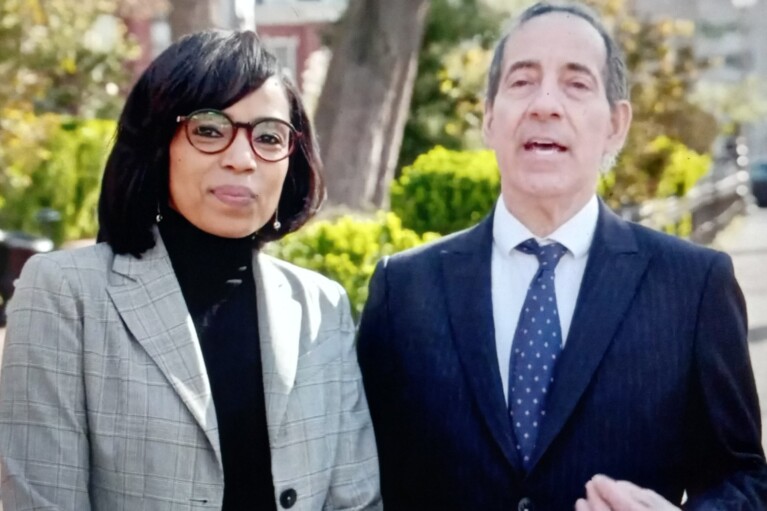MDOT Secretary Questioned On Under-Beltway Utilities, Possible Purple Line Settlement

Maryland has yet to calculate a cost to relocate underground utility pipes and fiberoptic cables as part of the Hogan administration’s express toll lanes plan, but the state remains optimistic that the companies hired to finance and build the lanes will minimize impacts to key infrastructure, Transportation Secretary Greg Slater said on Thursday.
Slater was asked about utility relocation by a member of the Prince George’s Council, Deni Taveras (D), during a hearing on the state’s Consolidated Transportation Program, often referred to as the annual “road show.”
Her questioning followed an Oct. 28 Maryland Matters report that identified publicly, for the first time, the list of nearly two dozen companies that have buried assets in the potential path of Gov. Lawrence J. Hogan Jr.’s plan to add four lanes to the Capital Beltway (I-495) and Interstate 270.
WSSC Water, which serves Prince George’s and Montgomery, has estimated it will cost the average ratepayer $2,250 over 20 years to fund the relocation of its infrastructure.
The Maryland Department of Transportation only reluctantly acknowledged the long list of energy, internet and other firms with critical infrastructure under the Beltway and I-270. State lawmakers, local officials and project opponents have expressed concern that people who won’t use the new variably-priced toll lanes will end up subsidizing their construction indirectly, through higher utility bills.
“My concern here is how are you going to incorporate these true costs,” Taveras said on Thursday.
“We cannot lie to the customers and say that this is not going to cost them anything when we haven’t calculated the entire cost for these utilities — especially the effects on people who don’t drive, [have] no income and people who just can’t afford to pay $49 every time they use these [lanes],” she added.
Although Hogan and his former transportation secretary, Pete K. Rahn, unveiled their highway-widening plan to great fanfare three years ago, Slater told the council that the state has yet to determine what underground assets will need relocating or what the cost will be.
“We don’t know what that is yet,” he said. “We’re really trying to understand that further.”
The state is in the process of selecting from among four private-sector bidders that have expressed interest in winning a contract estimated at $11 billion. Slater said the state is using an “open scope” procurement process to bring best-practices to the project.
“We’re actively working on innovative design concepts that could help eliminate some of those impacts,” he said.
MDOT has established a working group with WSSC Water to develop a plan to move numerous large pipes in the project’s path.
While Hogan’s original plan called for two new lanes in each direction on all of I-270, the entire length of I-495 and the Baltimore-Washington Parkway, Slater noted that Phase 1 of the project is limited to the American Legion Bridge, the western-most portion of the Beltway, and the lower part of I-270.
“That’s really, frankly, the only part of the project that we have the green light from the Board of Public Works to focus on,” he said.
Slater hints at Purple Line settlement
Members of the Prince George’s Council pressed Slater on the Purple Line, which is moving forward in a scaled-back manner following a key subcontractor’s decision to abandon the project midstream. Purple Line Transit Constructors bolted following a long dispute with MDOT over cost overruns.
Slater said the state is working on two tracks — reconstituting the project with the existing financing firm, Purple Line Transit Partners, or continuing to manage it in-house through completion.
Council members complained again that residents and businesses are suffering because of the impasse and are despondent over the prospect of epic delays.
The secretary said again that he is working “seven days a week, morning, noon and night” on Purple Line issues and he appeared to hint that a revised agreement with PLTP could come in the weeks ahead.
“I really wish I could share a lot more of the detailed discussions that are taking place right now, behind the scenes, in these legal settlement talks,” he said. “Once we get to the point where I’m able to, and I’m able to come back and break that down for you… you have my commitment that I can come back and talk through that detail once we’re able to.”
He said “the next short time period will be very telling in how we go.”




 Creative Commons Attribution
Creative Commons Attribution